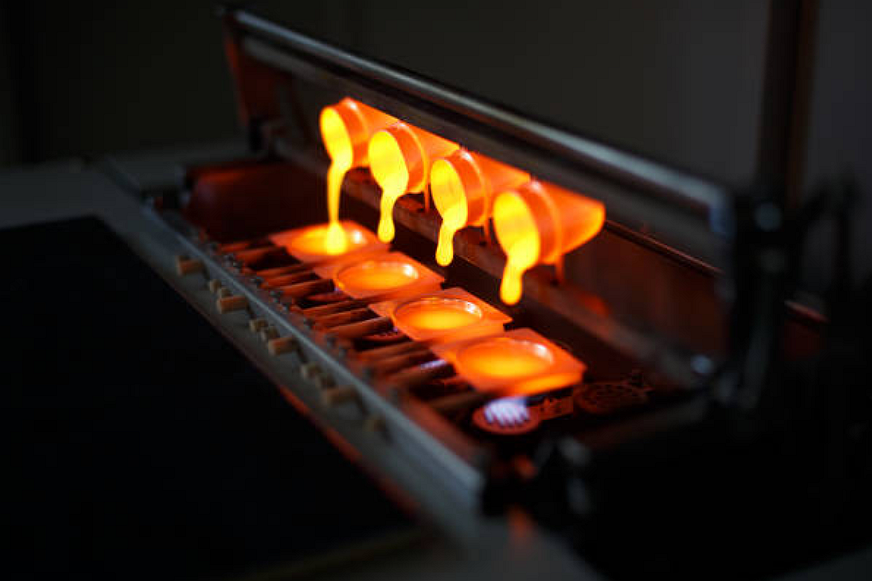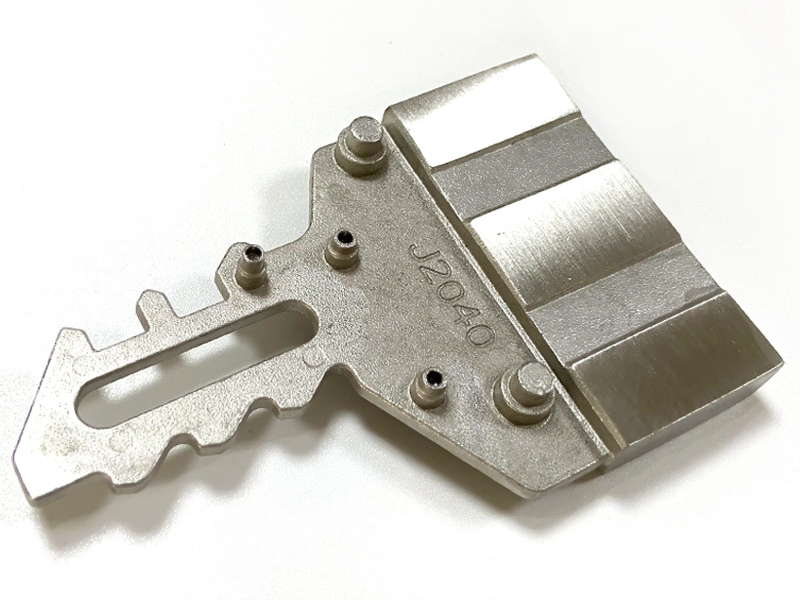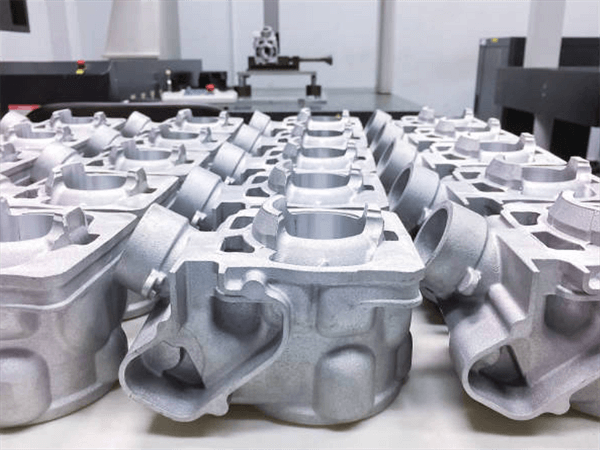How do surface finishes from gravity casting compare to other methods?
Smoothness Achieved Through Natural Flow
As an engineer, I value gravity casting for its ability to produce naturally smooth surfaces without excessive mechanical pressure. Because molten metal fills the mold under its own weight, turbulence and gas entrapment are reduced, resulting in fewer surface voids and less oxidation compared to sand casting. When alloys such as A356 aluminum or B390 are used, the solidification process forms a dense, fine-grain structure that enhances polishability and coating adhesion.
Comparison with High-Pressure and Investment Casting
While die casting can produce even smoother surfaces due to the pressurized flow of metal, it often involves higher equipment costs and potential flash formation at parting lines. In contrast, gravity casting delivers consistent quality with simpler tooling and lower porosity. On the other hand, investment casting achieves excellent detail and fine finishes; however, it is more time-consuming and less economical for medium- to large-sized components. Gravity casting offers the ideal balance of dimensional accuracy, cost efficiency, and surface consistency for structural parts in automotive and industrial applications.
Alloy Influence on Surface Quality
Surface finish quality also depends on material choice. Magnesium alloys and nickel-based alloys provide fine surface textures suitable for high-strength applications, while copper alloys offer naturally lustrous surfaces that resist oxidation. Zinc alloys yield a mirror-like appearance directly after casting, often eliminating the need for extensive post-processing. This versatility enables engineers to tailor surface properties based on functional or aesthetic requirements.
Integration with Post-Casting Operations
When paired with secondary operations like CNC machining, prototyping, or powder compression molding, gravity-cast surfaces can achieve precision comparable to machining-grade finishes. Controlled trimming and finishing refine tolerance zones, while polishing techniques smooth out residual micro-irregularities. The process is compatible with complex geometries, enabling hybrid manufacturing across various part types.
Surface Treatment Enhancements
Finishes from gravity casting are easily upgraded through modern surface treatment methods. Polishing removes fine surface imperfections, while anodizing provides durable protection and aesthetic versatility. For corrosion resistance, chrome plating or powder coating further enhances visual appeal and longevity. These treatments bring gravity-cast components on par with those produced by precision machining or injection molding in terms of durability and surface refinement.
Cross-Industry Applications and Benefits
Industries that demand both strength and aesthetics—such as the automotive, aerospace, and energy sectors—rely heavily on gravity casting for housings, mounts, and enclosures. The process ensures that surfaces maintain consistent thickness and finish across complex geometries, reducing post-processing time and costs. In many cases, the natural finish from gravity casting exceeds customer expectations without extensive polishing or coating, offering an optimal blend of mechanical integrity and visual quality.



